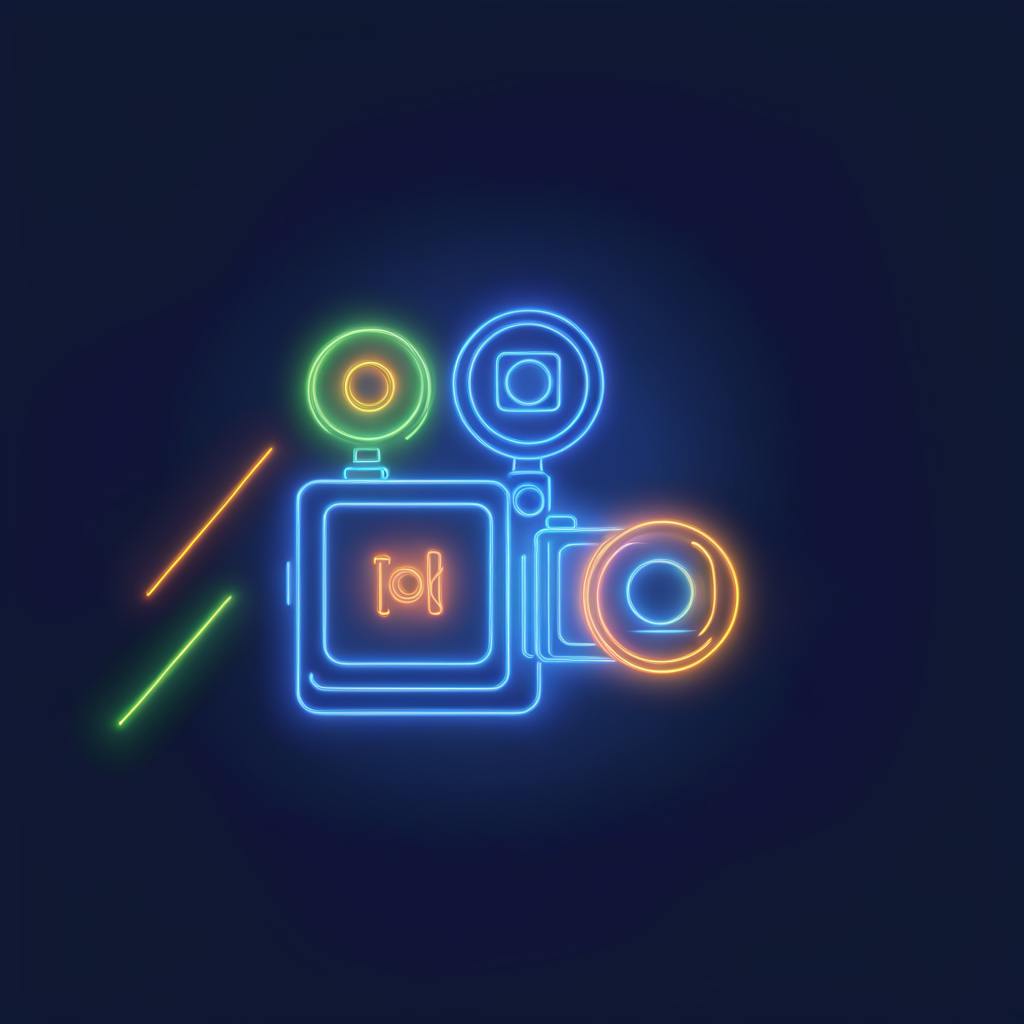In the realm of digital media, maintaining high video quality is crucial for capturing and retaining viewer attention. But how do you enhance video quality without extensive manual effort? Enter artificial intelligence (AI), a transformative force poised to revolutionize video production. In this article, we’ll explore how to use AI to improve video quality and automate testing processes, ensuring your content meets and exceeds today’s demanding standards.
The Potential of AI in Video Quality Enhancement
First and foremost, AI offers unparalleled capabilities in identifying and correcting video flaws. By leveraging machine learning algorithms, AI systems can analyze frame-by-frame data to detect issues such as noise, poor lighting, and lack of detail. These systems use advanced neural networks to enhance resolution, reduce artifacts, and optimize color grading, thereby transforming ordinary footage into high-quality content.
AI’s automated testing processes play a pivotal role in this transformation. Imagine a system that constantly monitors video inputs, quickly identifying areas for enhancement, and suggesting improvements—all without human intervention. This not only saves time but drastically reduces the manpower required for quality assurance.
Key AI Technologies and Techniques
When understanding how to use AI to improve video quality, several technologies and techniques stand out:
- Super-Resolution Models: These AI-driven models upscale video from a lower resolution to a higher one, filling in missing details and improving clarity. Deep learning frameworks such as Enhanced Deep Super-Resolution (EDSR) have demonstrated significant efficacy in this domain.
- Noise Reduction Algorithms: AI can effectively discern and eliminate visual noise without compromising detail. Algorithms trained on vast datasets quickly learn to distinguish between the intrinsic texture of video elements and digital noise.
- Color Correction and Grading: With AI’s assistance, achieving the perfect color balance becomes straightforward. AI tools analyze scene composition and lighting conditions to automatically adjust color profiles, ensuring visual consistency and vibrancy.
- Frame Interpolation: To produce smoother playback, AI can generate intermediate frames to increase a video's frame rate seamlessly. This technique is particularly beneficial for enhancing the viewing experience in fast-paced or action sequences.

AI made with Heather Crank
Frequently Asked Questions
How accurate are AI-based tools in video quality enhancement?
AI tools have shown remarkable precision, with many systems achieving results indistinguishable from those manually corrected by seasoned professionals. Machine learning ensures continuous improvement, increasing accuracy over time.
Can AI handle complex editing tasks autonomously?
While AI excels at technical improvements, creative editing still largely requires human intervention. However, AI can complement human skills by providing intelligent recommendations and automating repetitive tasks.
Are there cost benefits to using AI for video quality improvement?
Yes, by automating many processes traditionally done manually, AI significantly reduces labor costs and the time required to produce high-quality content. This leads to a more efficient use of resources and faster project turnarounds.
FAQ: How to Use AI to Improve Video Quality
How does AI dramatically improve video output quality?
AI significantly enhances video output quality through several innovative techniques. Here's how:
- Upscaling and Super-Resolution: AI algorithms can upscale video resolution using deep learning models, such as convolutional neural networks (CNNs). These models fill in missing pixels intelligently, making a low-resolution video appear higher in resolution.
- Noise Reduction: AI can effectively reduce video noise (unwanted random dots or graininess) by recognizing patterns and differentiating between noise and important details.
- Frame Interpolation: AI can insert additional frames between existing ones, resulting in smoother motion, which is particularly beneficial for action-packed sequences.
- Color Correction: AI techniques can automatically adjust colors to enhance visual appeal, ensuring that the colors are more vibrant and true to life.
- Content-Aware Analysis: AI can analyze scenes to make targeted enhancements, such as sharpening backgrounds without over processing faces.
What steps are necessary to use AI for enhancing video quality?
To use AI for enhancing video quality effectively, follow these steps:
- Select the Right Tools: Choose AI-powered software or platforms tailored to video enhancement, such as Topaz Video AI, AVCLabs Video Enhancer AI, or other dedicated solutions.
- Prepare Your Video File: Ensure your video file is in a format compatible with the AI tool. Common formats include MP4, AVI, or MOV.
- Configure Settings: Set up the software according to your needs. This may involve selecting the type of enhancement (e.g., resolution increase, noise reduction) and configuring parameters (e.g., strength, texture).
- Process the Video: Run the AI enhancement process. Depending on the file size and the chosen enhancements, this may take some time.
- Review and Fine-Tuning: Once the AI has processed the video, review the output. Some tools allow you to make further adjustments to refine the enhancement quality.
- Save the Enhanced Video: Export the enhanced video in your desired format and quality settings.

AI made with Heather Crank
What makes AI a game-changer in video quality improvement?
AI revolutionizes video quality improvement in several key ways:
- Efficiency and Time-saving: AI can process large volumes of data quickly, performing tasks that would take human editors much longer to complete manually.
- Precision and Accuracy: Advanced algorithms can make precise adjustments that are challenging or impossible for traditional non-AI methods, ensuring high fidelity in video quality.
- Automation: AI can automate repetitive tasks, freeing creators to focus on creative and complex aspects of video production.
- Learning Capability: AI models improve over time as they learn from new data, continually enhancing their effectiveness in upgrading video quality.
- Accessibility: AI tools often come with user-friendly interfaces, making sophisticated video enhancement more accessible to a broader audience, including those with limited technical skills.
Can anyone use AI to improve their video output quality, or is special knowledge required?
While AI has democratized video enhancement to a great extent, some basic understanding is beneficial:
- User-Friendly Tools: Many AI video enhancement tools are designed with intuitive interfaces that allow users with minimal technical skills to achieve substantial improvements in video quality.
- Learning Resources: Tutorials, community forums, and user guides are widely available to help new users get started.
- Advanced Customization: For users who wish to leverage advanced features for more professional outcomes, a deeper understanding of video parameters and AI model configuration can be advantageous.
Conclusion
As the digital landscape evolves, leveraging cutting-edge AI technologies to enhance video quality is becoming an essential competency for content creators. From super-resolution to noise reduction, AI's role is not just transformative but indispensable. The ability to automate testing further bolsters its appeal, allowing creators to focus on high-value creative tasks. Understanding how to use AI to improve video quality will set you apart in a competitive field, ensuring your content remains compelling and visually stunning. AI is not just a tool but a game-changer in the world of video production.

